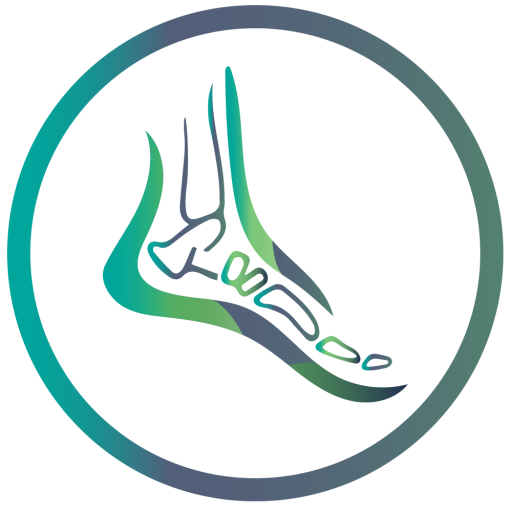08 May The Cyclists Foot
All too often we forget about our feet when running, and this can also be the case with cycling. Your feet are a unique and complex structure, a crucial connection to the bike, where the power is delivered to the pedal and ultimately to the road. Most of the time we never notice them until they start to cause us aches and pains. The interaction between the supporting surface and the foot is something that should be given appropriate attention, not only once it becomes a problem but for injury prevention and performance gains.
In every sport gains in performance are highly sought. By enhancing the biomechanics of the foot as a key segment of the lower limb you can improve the mechanical function of the entire body. This can lead to increases in power output and cycling performance, and we know that smallest improvements can be paramount in the overall result achieved.
Investing in the correct shoes that meet your specific needs can be just as important as the bike itself. A cycling specific shoe that is well-fitted, comfortable and rigid is ideal. Rigidity in the shoe enables your foot to act as rigid lever, working as one to transfer every watt of power to the pedal. Any movement through the foot is potentially a waste of power. Making sure your foot is comfortable is very important as this can be a barrier to optimal performance in itself. Consider not only the length but also width of the shoe, particularly in the toe box region.
Nothing causes a reduction in power and performance faster than being unable to ride due to injury or being in pain. Numb toes, painful bunions, and aching arches are all common problems amongst cyclists. The potential contributions for your feet to impact problems occurring further up the body such a knee, hip and back pain is well established. This will contribute to a loss of comfort, power and ultimately your performance.
Along with footwear, how your foot is connected to the bike is another important variable that influences your cycling motion. The cleat position and angle as well crank length should be adjusted to permit your natural movement patterns. A complete physical assessment and screening by a bike fitter has the ability to address such things and allows you to get the most out of your body.
The use of foot orthoses, in-shoe wedges and shims are a few such in-shoe adjustments that can have a role to play in overall comfort and the treatment of injury. The out of shoe adjustments are often more important than the in-shoe adjustments and there is no one size fits all approach. A good bike fitter will be able to assess and advise you on the potential advantages that these may offer you as an individual and direct you to our sports podiatrists to assist in the process.



No Comments